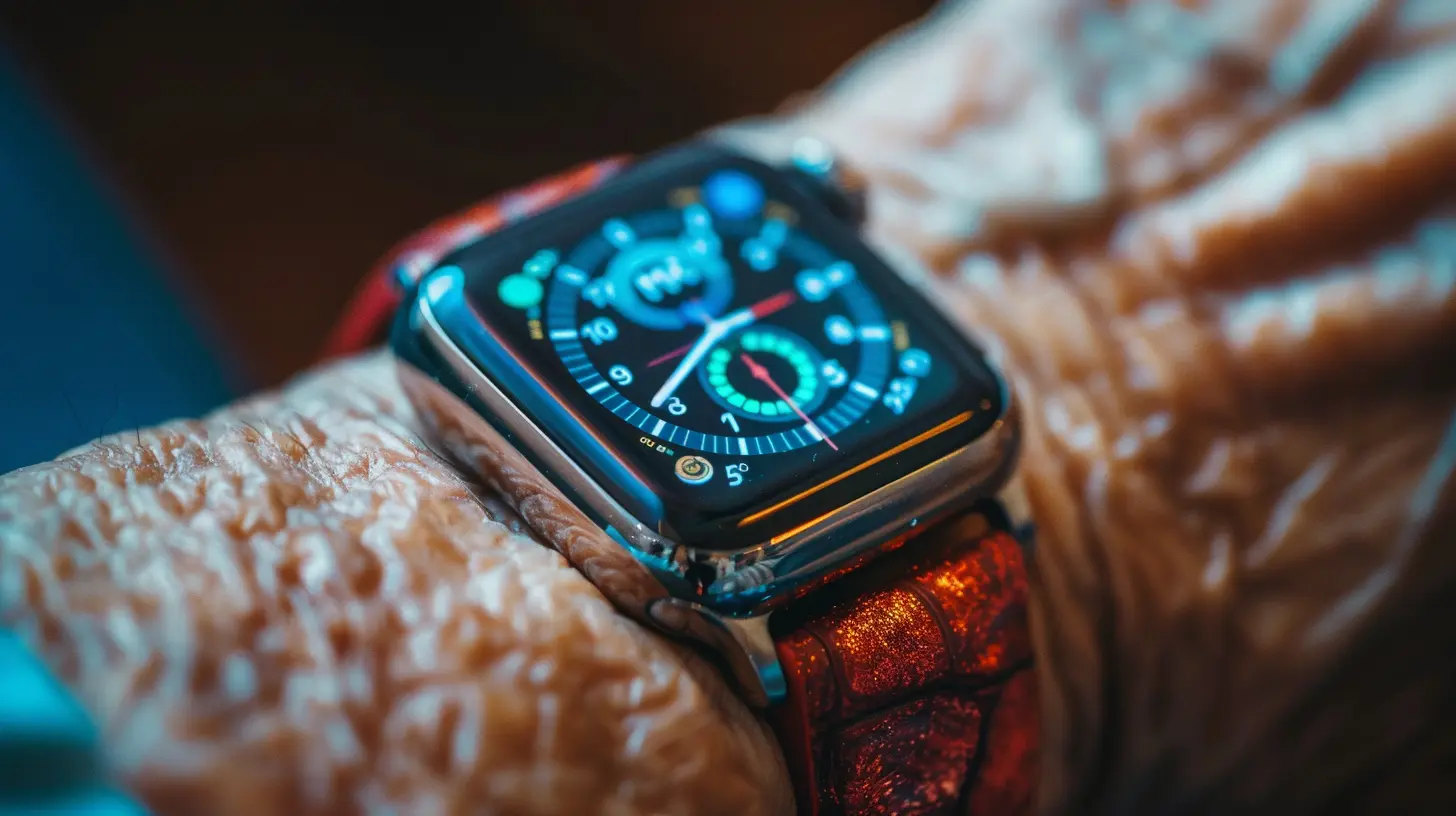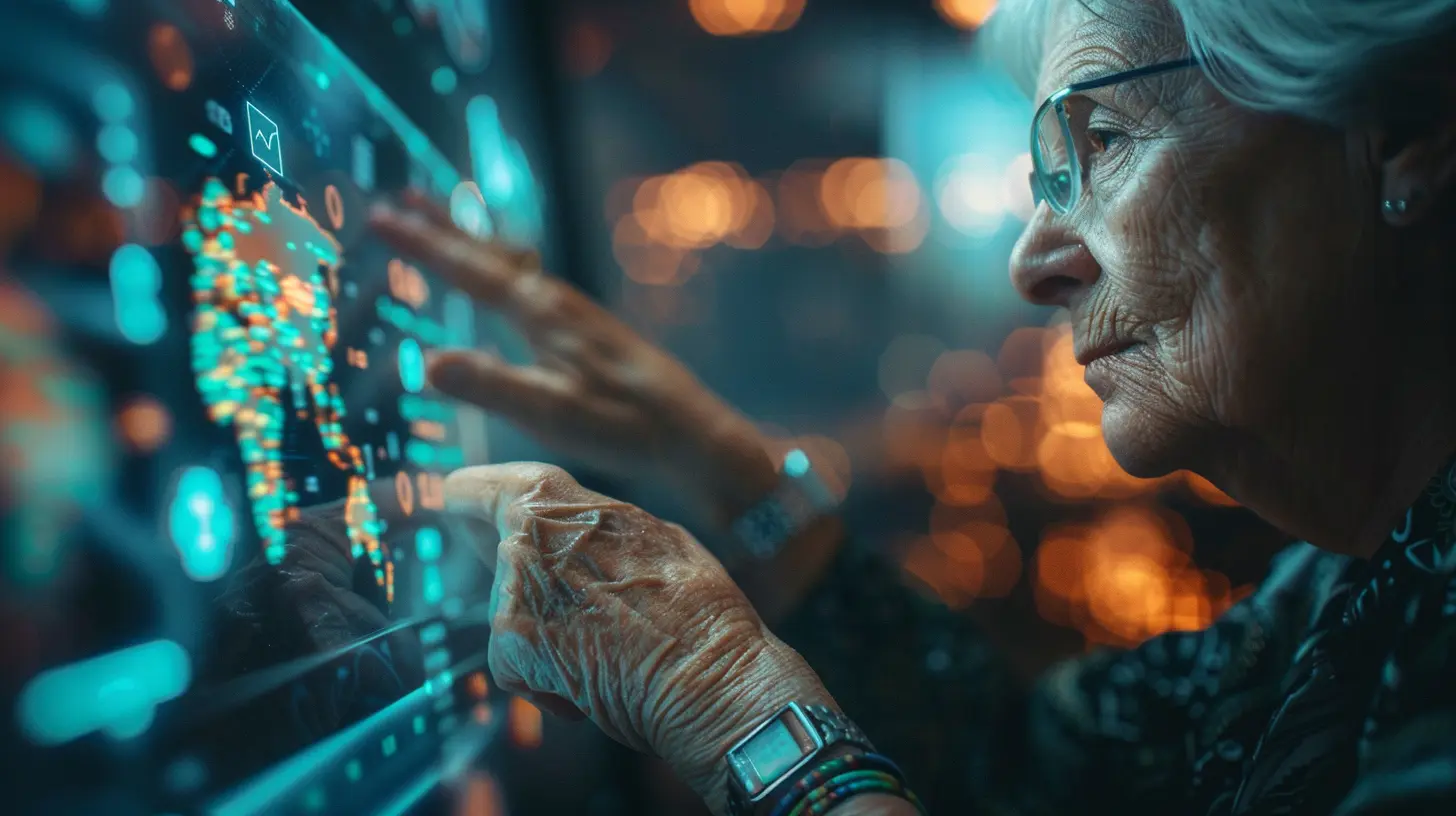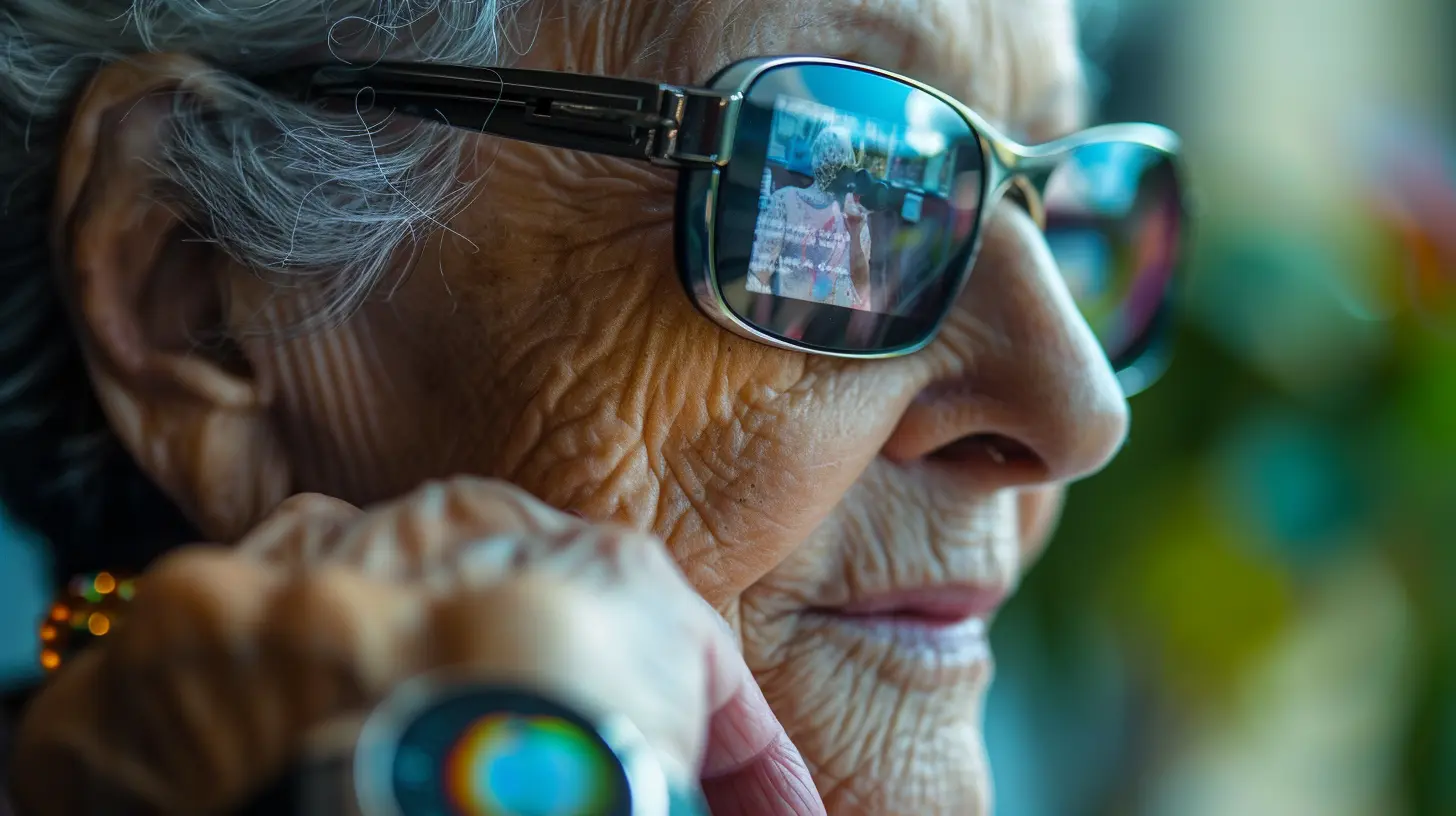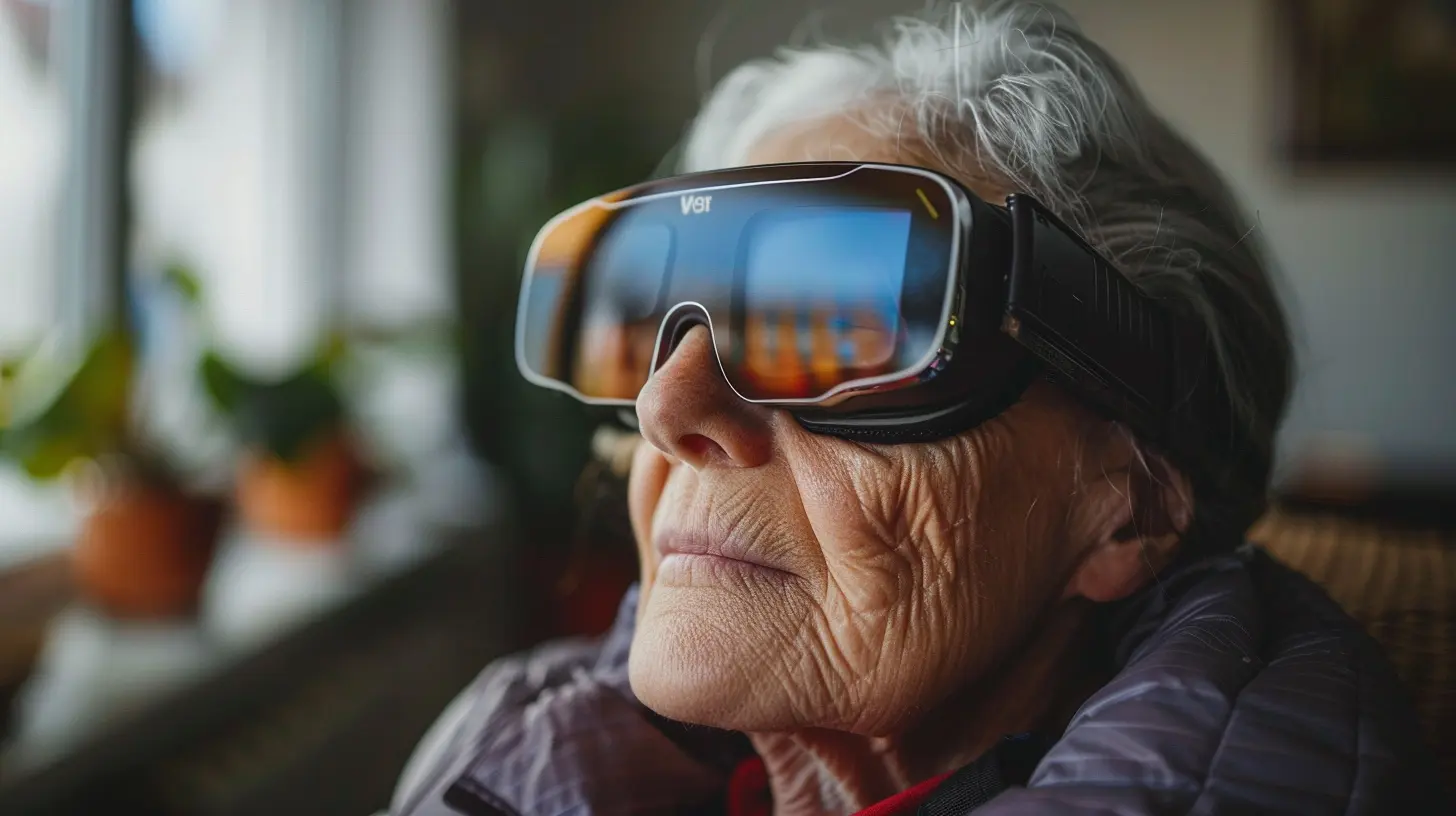Wearable Tech for Seniors: Enhancing Independence and Safety
13 October 2025
It’s no secret—aging isn’t for the faint of heart. But thanks to today’s technology, getting older doesn’t have to mean giving up your independence. In fact, wearable tech for seniors is flipping the script on what aging looks like. From smartwatches that remind you to take your meds, to fall detection systems that can trigger emergency contact with a tap, this tech revolution is making life not just easier, but safer too.
Let’s dive into how wearable gadgets are helping seniors live more independently, stay connected, and—most importantly—feel secure.
Why Wearable Tech Matters for Seniors
Aging comes with its own set of hurdles—mobility challenges, memory slips, health concerns, and the desire to stay independent while being safe. That’s where wearables come in. These bite-sized gadgets pack a punch and go beyond just tracking steps. They’ve become smart companions, offering peace of mind to seniors and their families alike.Think of wearables as digital guardian angels—always watching (in a non-creepy way), always ready to help.
How Wearable Tech Supports Independence
1. Staying Connected Without Tethering to a Phone
Phones are bulky, and let’s be honest, not every senior wants to carry one 24/7. Wearable devices like smartwatches bridge the gap. With built-in LTE and Wi-Fi, wearables allow seniors to make calls, text family, or even video chat—all from their wrist.And for those struggling to keep up with tech? Many wearables come with simplified interfaces and voice commands. No tech degree needed!
2. Real-Time Health Monitoring
Wearable tech today is practically a mini health clinic on your wrist. Heart rate? Check. Blood pressure? Monitored. Oxygen levels? Tracked.For seniors managing chronic conditions—diabetes, heart disease, or sleep disorders—these devices can alert users and caregivers in real-time if something’s off. No more guessing games or waiting for symptoms to get worse.
Some even sync seamlessly with your doctor's system, helping them keep tabs on your condition between appointments.
3. Medication Reminders
Let’s face it—remembering to take medication can be a full-time job. And missing doses? Not ideal.Smartwatches and other wearables can now send gentle nudges or alarms to prompt medication intake. Even better, some wearables let caregivers know if a dose was missed. It’s like a personal nurse, minus the uniform.
Enhancing Safety Through Smart Features
1. Fall Detection and Emergency Alerts
Falls are one of the leading causes of injury among seniors. Here’s the kicker—most falls happen when no one is around.Enter fall detection tech. Devices like the Apple Watch or medical alert wearables use built-in sensors to detect sudden movements. If the device senses a hard fall, it’ll ask if everything’s OK. If there’s no response? It automatically calls emergency services and shares the user’s location.
This isn’t just smart—it’s life-saving.
2. GPS Tracking and Geo-Fencing
Worried about wandering, especially for seniors with dementia or Alzheimer’s? Wearables with GPS tracking offer a solution.They let caregivers set geo-fenced areas, and if the senior moves beyond these zones, immediate alerts are sent. It’s sort of like a digital leash—but one based on love and safety.
Moreover, GPS helps locate seniors quickly in emergencies, whether it's a fall, a health issue, or they’ve simply gone out and forgotten the way home.
3. Panic Buttons and Quick SOS Features
Many wearables include a panic button or SOS trigger. Whether the senior is alone, feeling unwell, or in any kind of danger, help is just a button-press away.For many families, knowing their loved one has this lifeline is priceless peace of mind.
Types of Wearable Tech Ideal for Seniors
Let’s get into the nitty-gritty. What kinds of wearables are making waves in senior care, and what exactly can they do?1. Medical Alert Devices
These are probably the most well-known wearables for seniors. Think Life Alert, but modernized with GPS, smartphone integration, and sleek designs.Some popular picks:
- Bay Alarm Medical GPS Help Button
- MobileHelp Smart
- Medical Guardian
These typically offer fall detection, 24/7 emergency response, and location tracking.
2. Smartwatches for Seniors
Smartwatches have come a long way. You don’t need to be a tech wizard to use one anymore.Top features:
- Heart rate and health tracking
- Step counters
- Voice assistance (like Alexa or Siri)
- Emergency calling
Top brands?
- Apple Watch SE or Series 8 (excellent for fall detection and health tracking)
- Lively Wearable2 (offers health monitoring + emergency services)
- Samsung Galaxy Watch (lots of features with a sleek look)
3. Fitness Trackers with Senior-Friendly Features
Not as advanced as smartwatches, but great for seniors who just want health basics. Fitbit, for example, offers models with simple interfaces and long battery life.They track:
- Daily movement
- Sleep quality
- Heart rate
Some even send gentle reminders to get up and move, which helps reduce sedentary behavior.
4. Smart Hearing Aids
Wait—hearing aids as wearable tech? Absolutely.Modern hearing aids do way more than amplify sound. Think Bluetooth streaming, directional microphones, and even health tracking.
Brands like ReSound, Starkey, and Signia are leading the way in smart hearing aids.
Addressing Common Concerns About Wearables
“They’re Too Complicated!”
It’s a valid concern. But many manufacturers are simplifying interfaces, adding voice assistants, and designing with seniors in mind. Some devices even have a "Senior Mode" with bigger fonts, louder sounds, and easier navigation.“What About Battery Life?”
Yes, that's a thing. Most wearables need regular charging—some daily, some weekly. The key? Find a model that fits your lifestyle. Many now have extended battery power, so you’re not tethered to a charger constantly.“Are They Really Worth It?”
When you weigh the cost of a wearable against the benefit of increased safety and independence? It’s usually a no-brainer.Plus, many insurance plans and Medicare programs now offer discounts or reimbursements for certain medical-grade wearables.
The Human Side: Real-Life Success Stories
Let’s put a human face to all this tech talk.- Meet Linda, 78, who lives alone. Her family was always worried about her falling. After getting an Apple Watch, she fell once in her backyard. The watch detected it, called paramedics, and she got help in minutes. Now? Her family sleeps easier.
- Then there’s Robert, 82, who has early-stage dementia. With a GPS-enabled medical alert device, his daughter gets notified immediately if he walks too far from home. No more anxiety about wandering.
- And Susan, 75, who uses a wearable fitness tracker to monitor her walking routine and keep her diabetes in check. She says it’s like a coach on her wrist—motivating and accountable.
What to Look for When Buying Wearable Tech for Seniors
If you're in the market, here's what to keep an eye on:- Ease of Use – Large icons, simple interface, voice commands.
- Comfort – Lightweight, breathable materials.
- Battery Life – At least a few days of life is ideal.
- Emergency Features – Fall detection, SOS button, GPS.
- Health Tracking – Heart rate, blood pressure, sleep, etc.
- Water Resistance – Hey, accidents happen—even in the shower.
Pro Tip: Always read user reviews and, if possible, test the device before buying. Seniors have different comfort levels, and personal preferences matter.
The Future of Wearable Tech for Seniors
Wearable technology is evolving fast, and seniors are finally being seen as a key demographic. Future trends include:- AI-Powered Predictions: Devices could spot warning signs before symptoms appear.
- More Discreet Wearables: Like smart jewelry or clothing.
- Integration with Smart Homes: Imagine your smartwatch locking doors, adjusting lighting, or turning off the stove. Yeah, it’s coming.
And with voice tech becoming more intuitive, even the least tech-savvy folks can easily adapt.
Final Thoughts
Wearable tech isn’t just about gadgets—it’s about giving seniors the confidence to live life on their own terms. Independence doesn’t have to disappear with age, and these little devices are proving that every single day.Whether you're a senior looking to stay in control, or a loved one searching for peace of mind, wearable tech has something for everyone. And as tech keeps evolving, the future’s looking safer, smarter, and a whole lot more connected.
all images in this post were generated using AI tools
Category:
Wearable TechAuthor:

Vincent Hubbard
Discussion
rate this article
1 comments
Kinsley McLain
Great insights on empowering seniors through technology!
October 22, 2025 at 2:38 AM

Vincent Hubbard
Thank you! I'm glad you found the insights valuable. Empowering seniors with technology is truly vital for enhancing their independence and safety!


